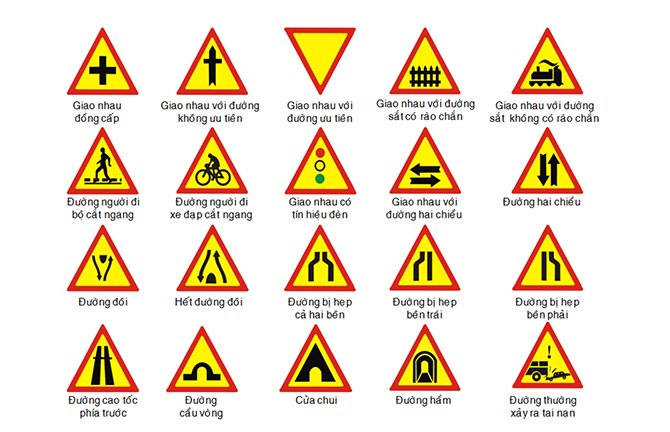 |
What does the triangle traffic sign mean?
According to the National Technical Regulation on Road Signs (QCVN 41:2019/BGTVT) issued by the Ministry of Transport with Circular 54/2019/TT-BGTVT, triangular traffic signs are often used for groups of danger and warning signs.
Accordingly, the group of danger and warning signs is a group of signs that inform traffic participants of dangers on the road in advance so that they can proactively prevent them in time.
Danger and warning signs are mainly equilateral triangles, red border, yellow background, with black drawings describing the event that needs to be signaled.
The validity of hazard and warning signs is valid on the lanes of the direction of traffic.
Size, shape and color of hazard signs
- Danger or warning signs are mainly equilateral triangles with three rounded vertices; one side is horizontal, the corresponding vertex points upwards, except for sign W.208 "Intersection with priority road" where the corresponding vertex points downwards.
- The specific dimensions of the drawings and colors are specified in detail in Appendix C and Articles 16 and 17 of QCVN 41:2019/BGTVT.
The effect of danger and warning signs
Danger and warning signs are used to inform road users of the nature of danger or precautions to be taken on the road.
When encountering danger and warning signs, traffic participants must reduce speed to the necessary level, pay attention and be prepared to handle possible situations to prevent accidents.
The meaning of using danger and warning signs
Danger and warning signs have code W with the following names:
- Sign W.201 (a,b): Dangerous turn;
- Sign W.201 (c,d): Dangerous turn with risk of vehicle overturning;
- Sign W.202 (a,b): Many consecutive dangerous turns;
- Sign W.203 (a,b,c): Narrowed road;
- License plate W.204: Two-way road;
- Sign W.205 (a,b,c,d,e): Intersection;
- Sign W.206: Intersection running around the roundabout;
- Sign W.207 (a, b, c, d, e, f, g, h, i, k, l): Intersection with non-priority road (branch road);
- Sign W.208: Intersection with priority road (main road);
- Sign W.209: Intersection with traffic lights;
- Sign W.210: Railway crossing with barrier;
- Sign W.211a: Railway crossing without barrier;
- Sign W.211b: Intersection with tramway;
- Sign W.212: Narrow bridge;
- Sign W.213: Temporary bridge;
- License plate W.214: Swing bridge - Lift bridge;
- Sign W.215a: Embankment, deep abyss ahead;
- Sign W.215 (b,c): Embankment, deep ravine on the right side of the road; Embankment, deep ravine on the left side of the road;
- Sign W.216a: Underground road;
- Sign W.216b: Underground road at risk of flash floods;
- Sign W.217: Ferry terminal;
- License plate W.218: Underpass;
- Sign W.219: Dangerous downhill;
- Sign W.220: Dangerous uphill;
- License plate W.221a: Concave road;
- Sign W.221b: Road with speed bumps;
- License plate W.222a: Slippery road;
- Sign W.222b: Dangerous roadside;
- Sign W.223 (a,b): Dangerous cliff;
- Sign W.224: Pedestrian crossing;
- License plate W.225: Children;
- Sign W.226: Cross-road for cyclists;
- License plate W.227: Construction site;
- License plate W.228 (a,b): Rockfall;
- License plate W.228c: Stones and gravel thrown up;
- License plate W.228d: Weak roadbed;
- Sign W.229: Aircraft take-off and landing strip;
- License plate W.230: Livestock;
- Sign W.231: Wild animals crossing the road;
- Plate W.232: Crosswind;
- License plate W.233: Other danger;
- Sign W.234: Intersection with two-way road;
- License plate W.235: Dual carriageway;
- Sign W.236: End of dual carriageway;
- License plate W.237: Rainbow;
- Sign W.238: Highway ahead;
- Sign W.239a: Overhead power cable; Sign W.239b: Actual clearance height;
- License plate W.240: Tunnel;
- Sign W.241: Traffic jam;
- Sign W.242 (a,b): Where the railway intersects perpendicularly with the road;
- Sign W.243 (a,b,c): Where the railway intersects at a non-perpendicular angle with the road;
- Sign W.244: Road section with frequent accidents;
- Sign W.245 (a,b): Slow down (a), Slow down with English instructions (b);
- Sign W.246 (a,b,c): Watch out for obstacles;
- License plate W.247: Watch out for parked vehicles.
Location of danger and warning signs according to direction of travel and effectiveness of signs
- Danger and warning signs are placed at a suitable distance from traffic and the actual scene to ensure easy observation and not affect visibility.
- The distance from the sign to the intended location should be consistent over the entire road section with the same average vehicle speed. In special cases, the sign can be placed further or closer, and an additional sign number S.502 "Distance to the signal object" should be added.
- Sign W.208 “Intersection with priority road”: in densely populated areas, placed directly in front of the intersection with the priority road. Outside densely populated areas, depending on the distance from the intersection with the priority road, there is an additional sign S.502.
- Each type of sign indicates a dangerous element that may occur at a location or a road section. If the dangerous element occurs on a road section, place the sub-sign S.501 "Scope of effect of the sign" to indicate the length of the dangerous road section below the signs W.202 (a,b), W.219, W.220, W.221a, W.225, W.228, W.231, W.232. If the length has the same major dangerous element, place a reminder sign with sub-sign S.501 indicating the length of the remaining dangerous element.
- Limit the use of danger signs and widespread warnings if the properties do not really pose a danger to road users.
- Within the speed limit sections:
+ In case the dangerous turn already has a sign limiting the maximum speed to less than or equal to 40 km/h, it is not necessary to place a sign warning of the dangerous turn (signs W.201 (a,b) and W.202 (a,b);
+ In case of bad, slippery, uneven roads, if a sign limiting the maximum speed to under 50 km/h has been placed, it is not necessary to place a sign warning of uneven, slippery roads (signs W.221 (a,b) and sign W.222a);
+ Roads in densely populated areas, slow vehicle speeds, and continuous intersections at three-way and four-way intersections do not necessarily require the sign W.205 (a, b, c, d, e) "Intersection".
- At places where priority roads intersect with other roads but are not considered intersections according to the provisions of this Regulation, it is not necessary to place signs W.207 and W.208. However, these signs or grid-type paint lines can be used when necessary.
Source


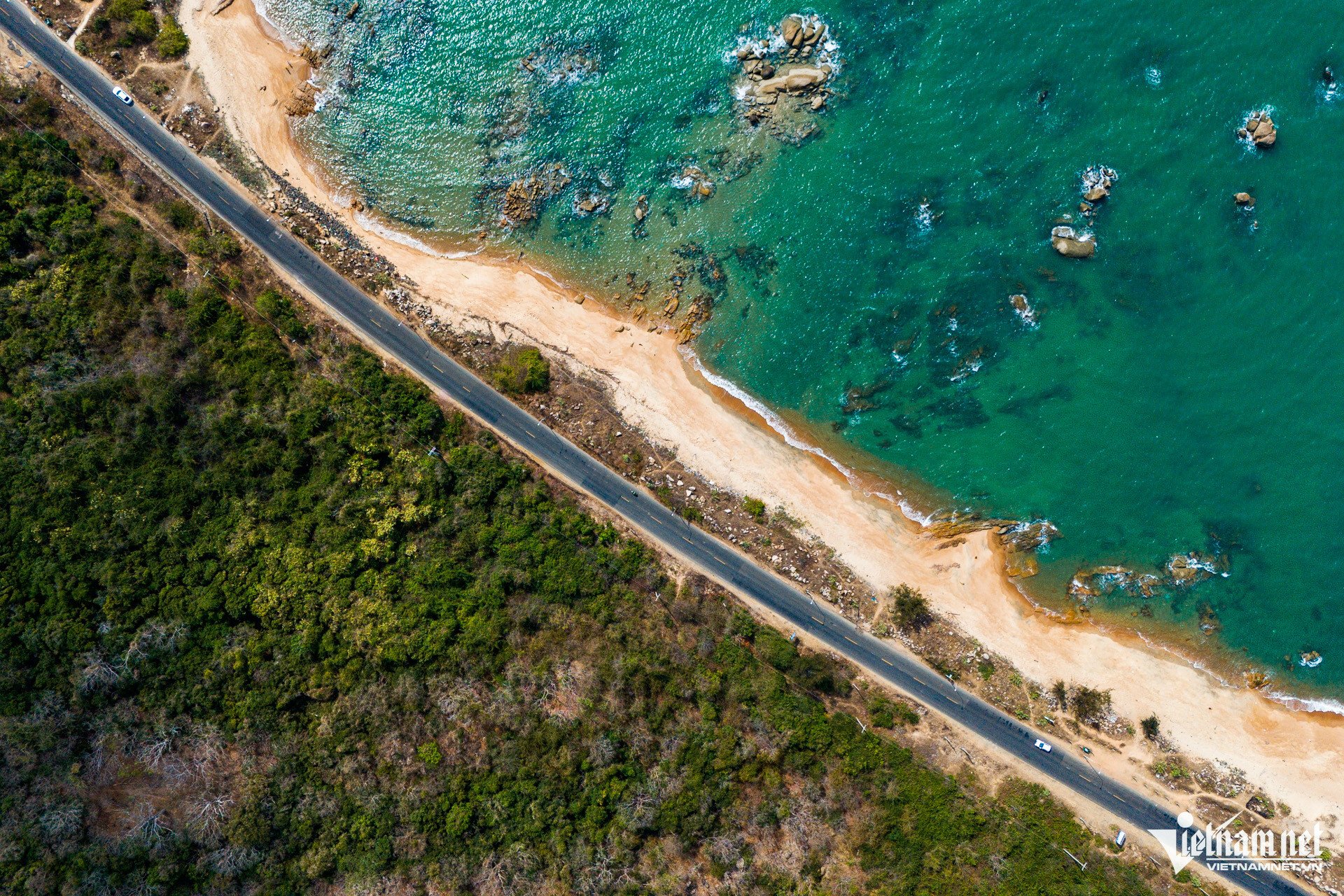
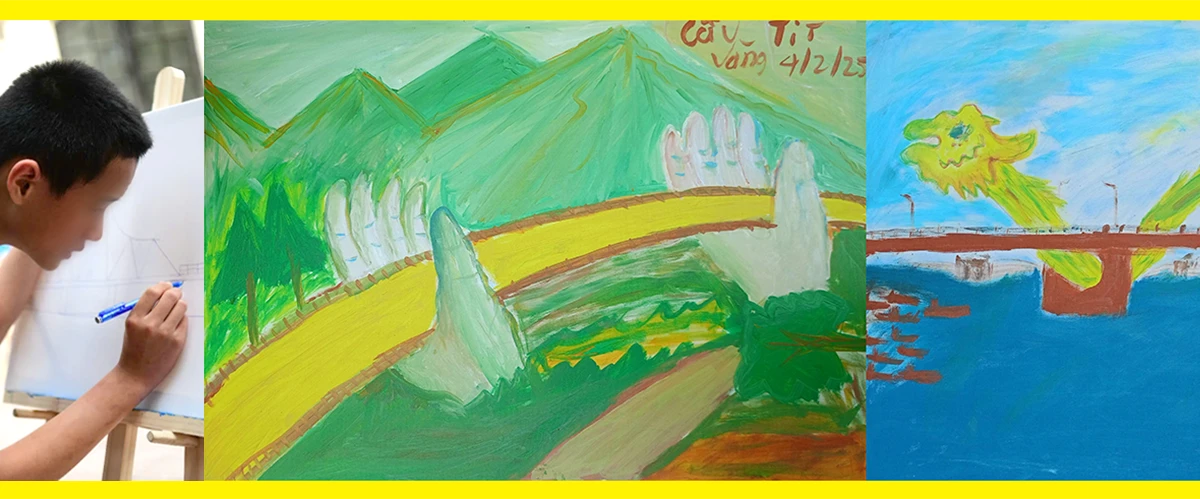
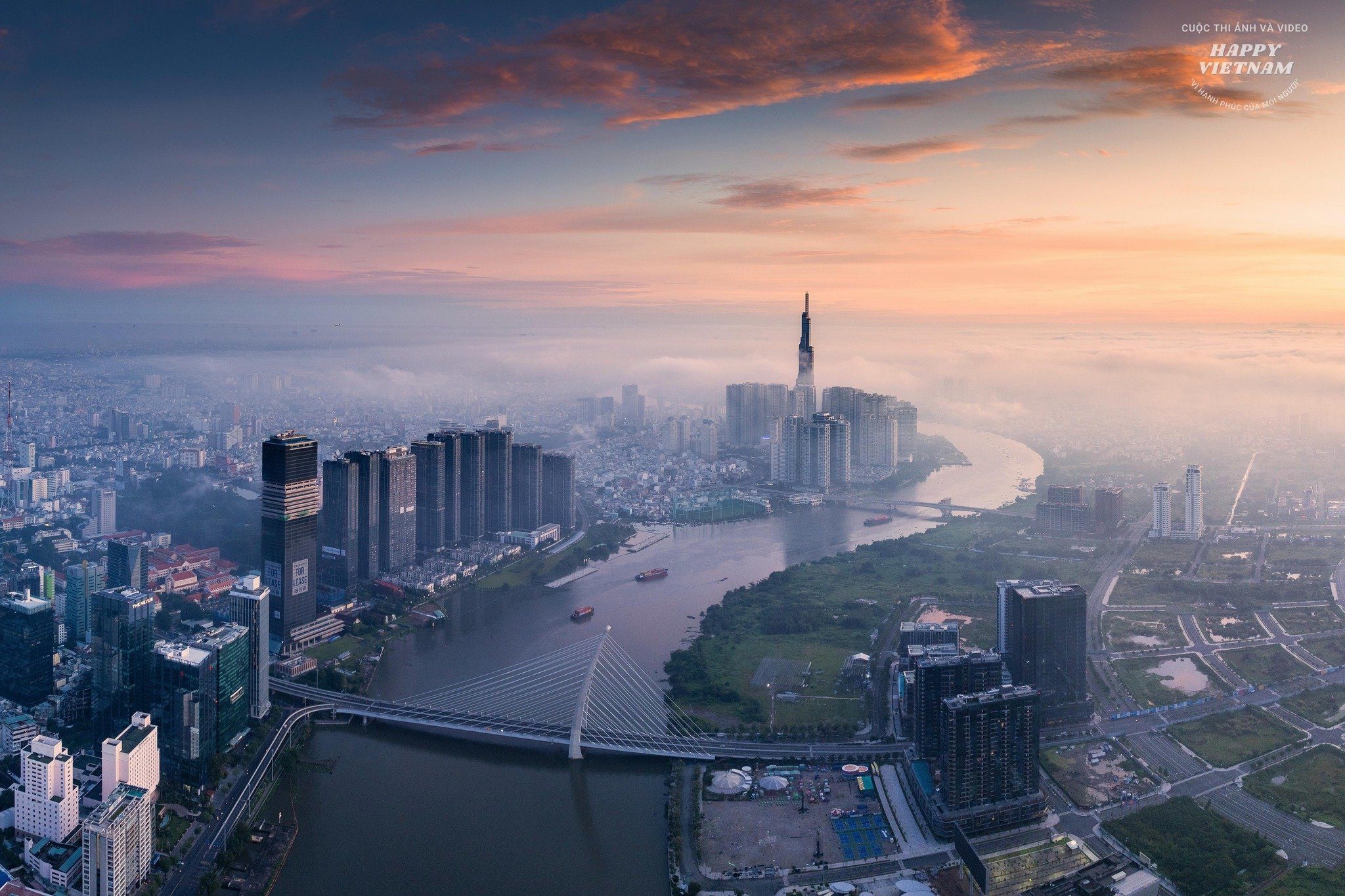
![[Photo] Third meeting of the Organizing Subcommittee serving the 14th National Party Congress](https://vstatic.vietnam.vn/vietnam/resource/IMAGE/2025/4/2/3f342a185e714df58aad8c0fc08e4af2)
![[Photo] Close-up of Vietnam's sniffer dog team searching for earthquake victims in Myanmar](https://vstatic.vietnam.vn/vietnam/resource/IMAGE/2025/4/1/d4949a0510ba40af93a15359b5450df2)
![[Photo] Relatives of victims of the earthquake in Myanmar were moved and grateful to the rescue team of the Vietnamese Ministry of National Defense.](https://vstatic.vietnam.vn/vietnam/resource/IMAGE/2025/4/2/aa6a37e9b59543dfb0ddc7f44162a7a7)
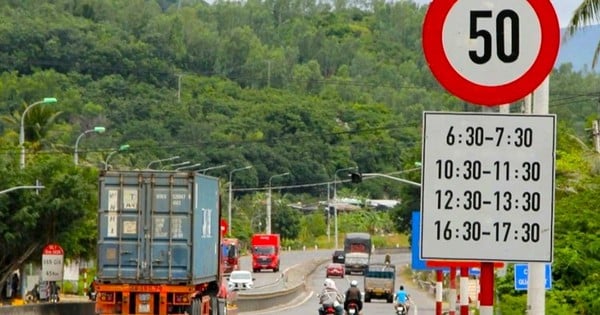

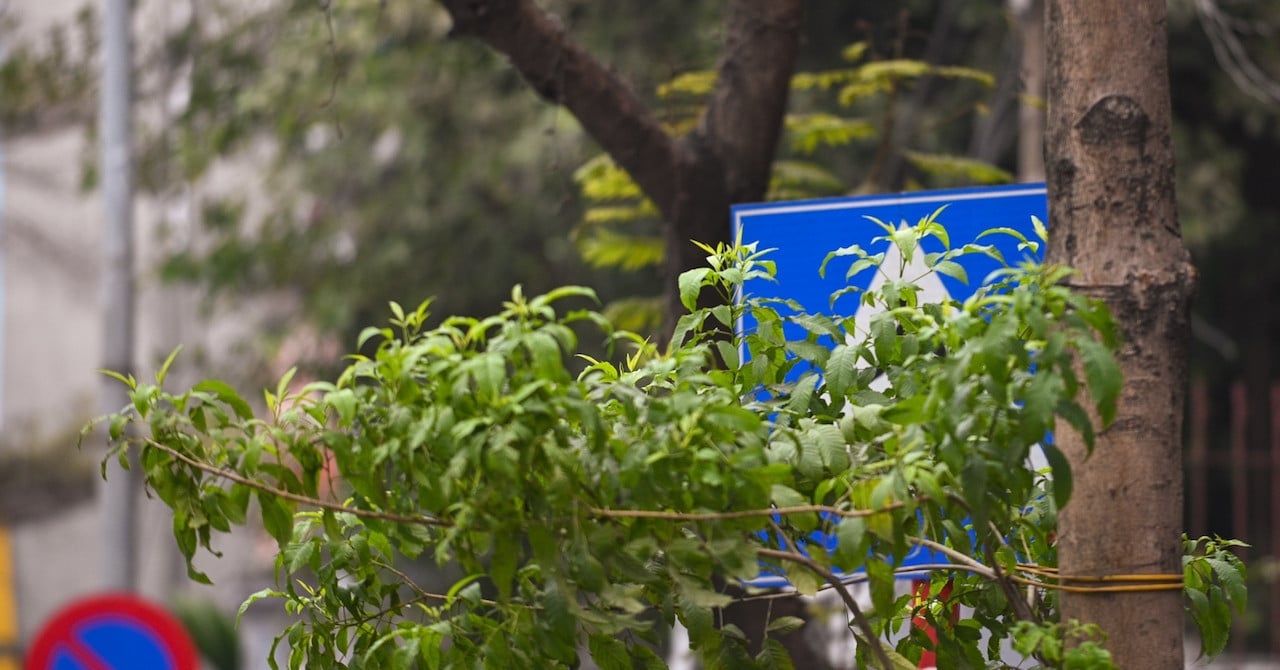

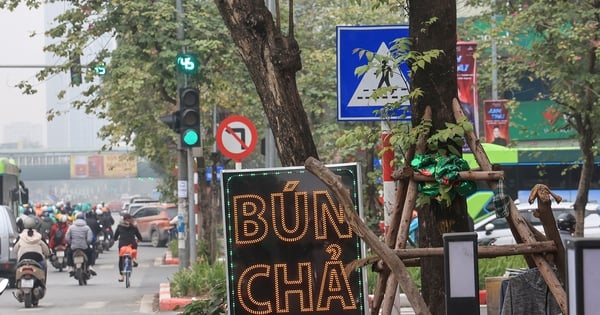
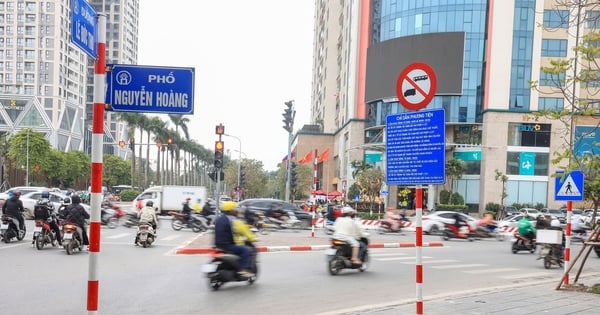
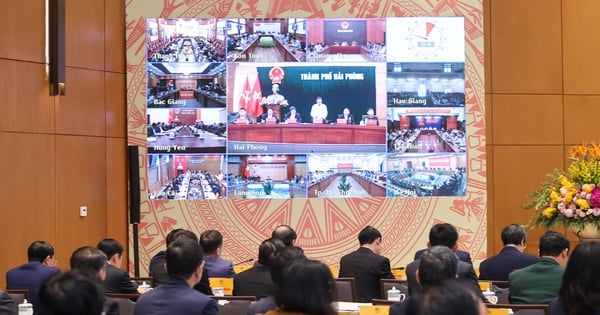

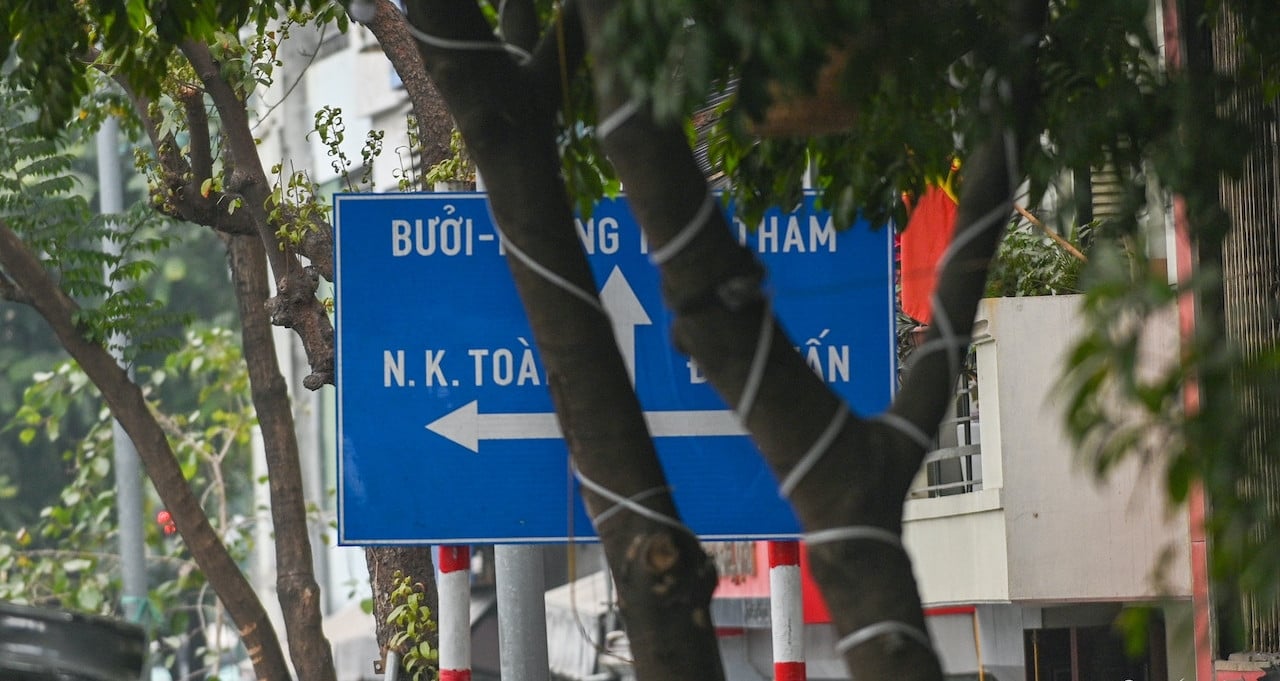

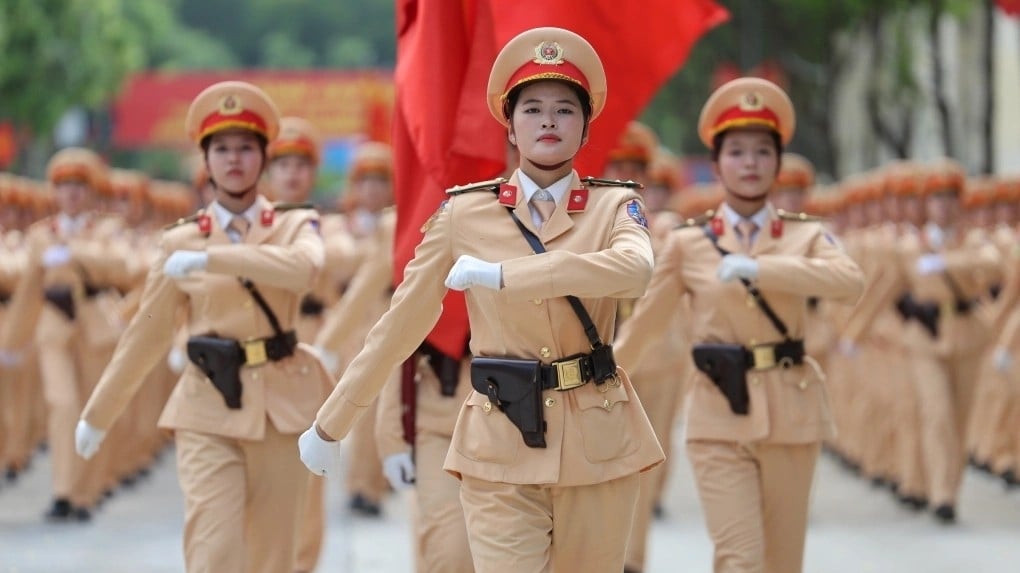
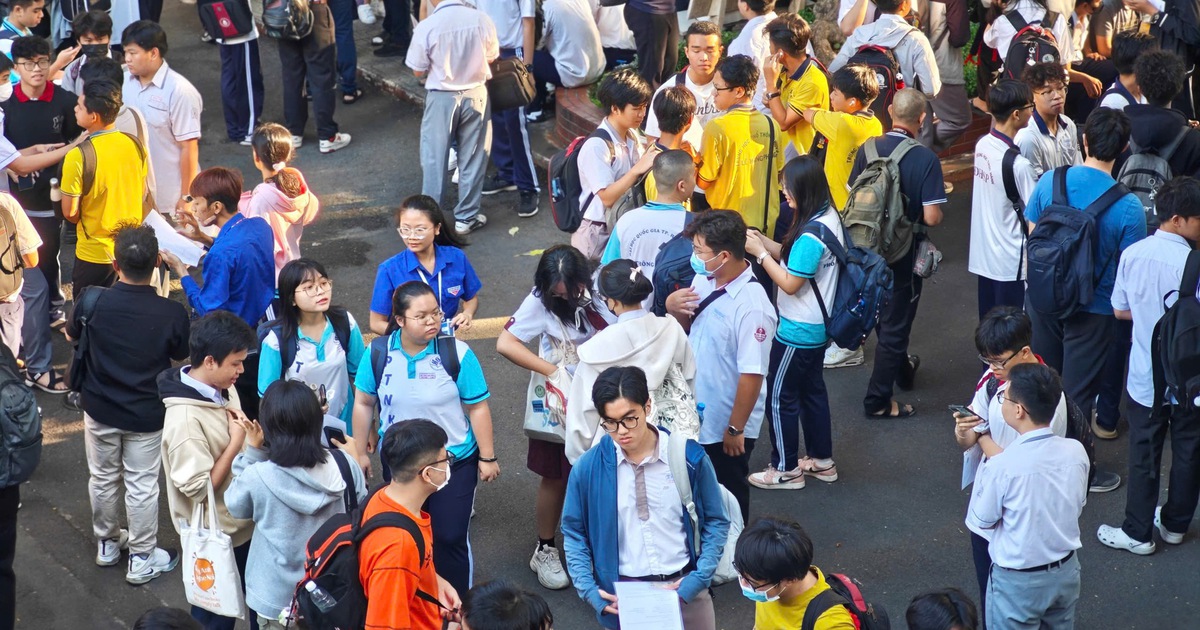
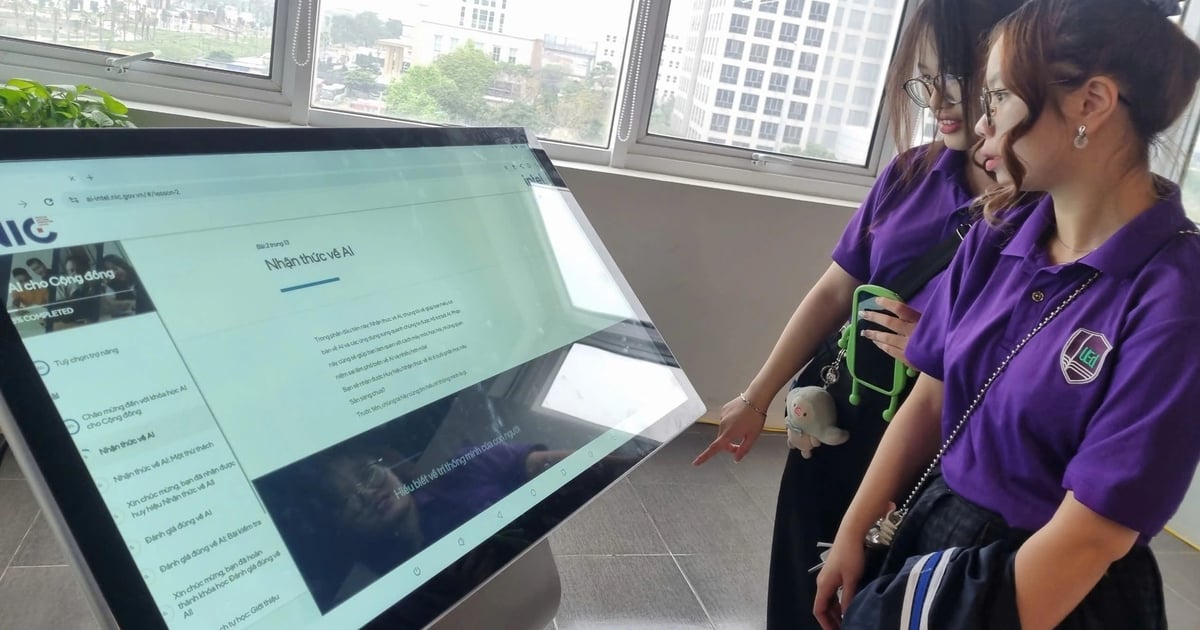
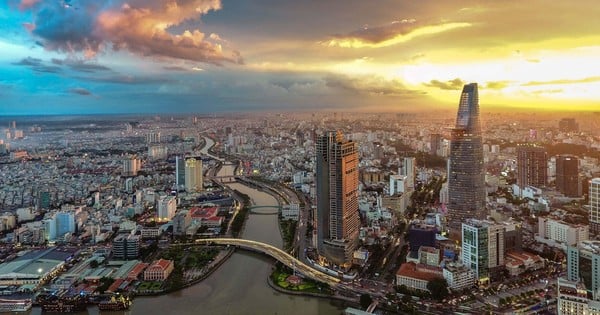








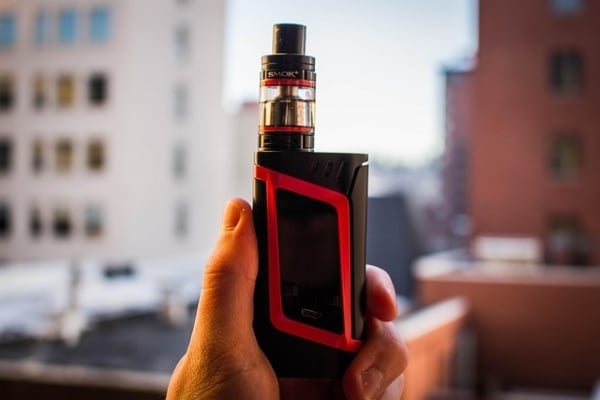


































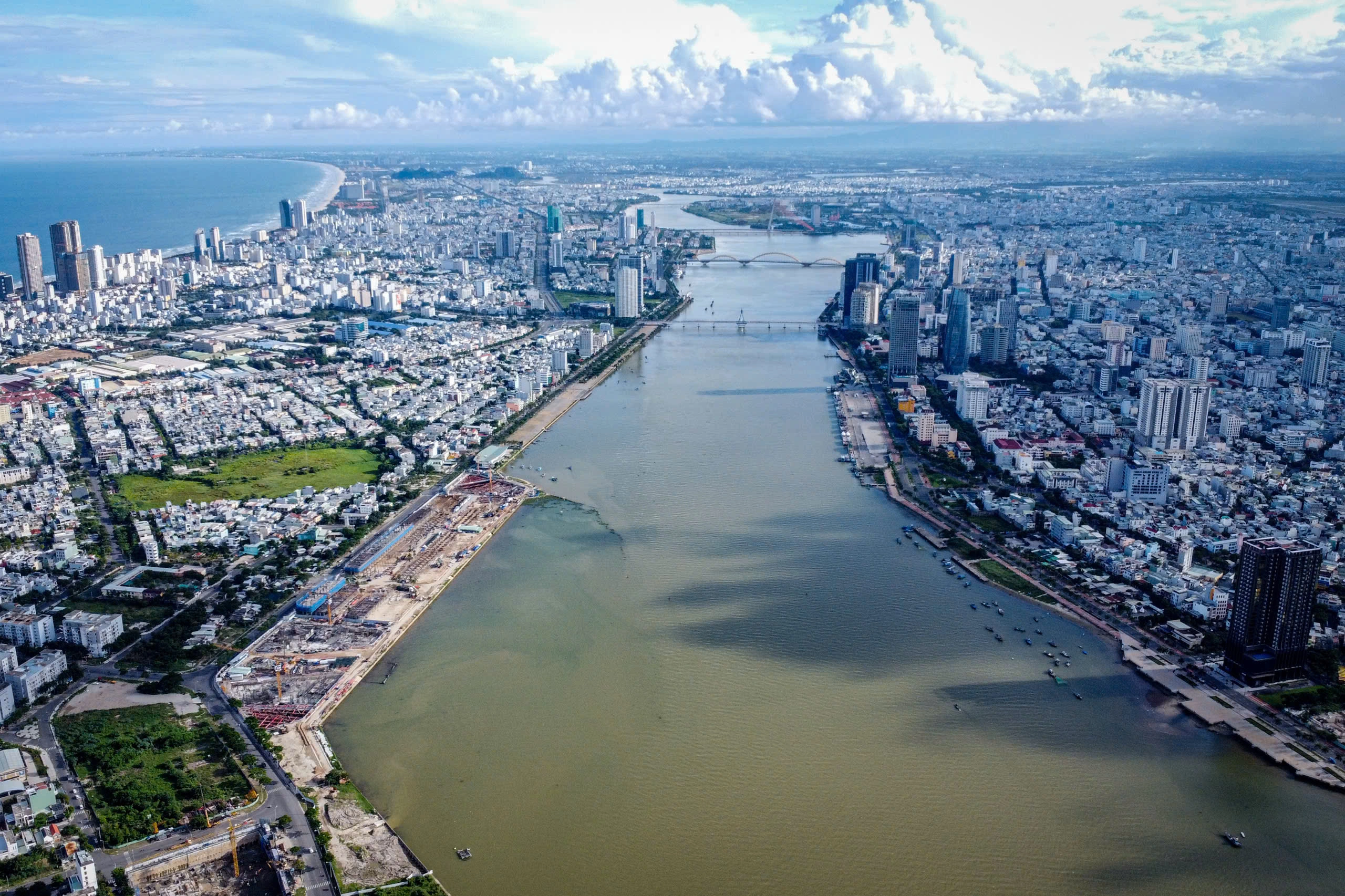
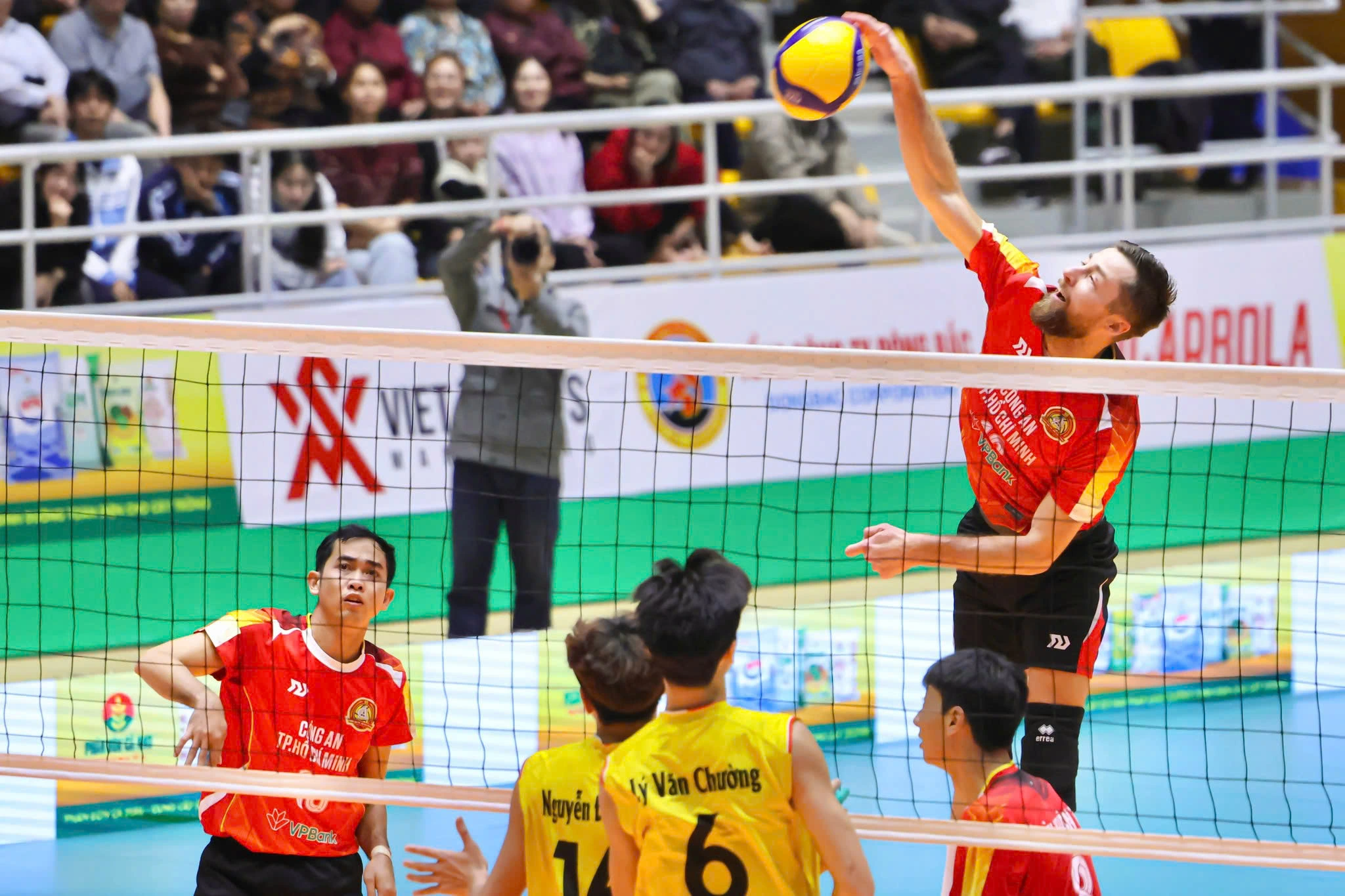





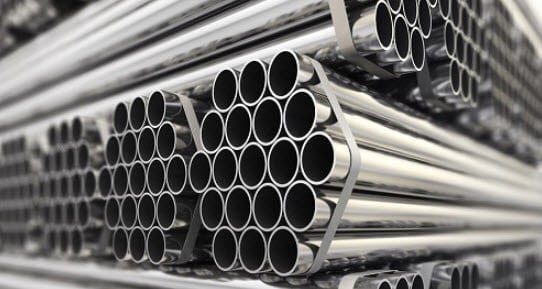


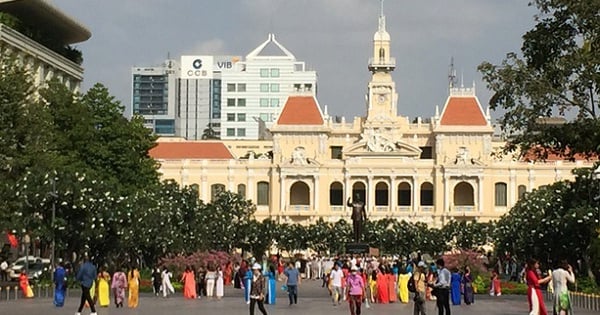



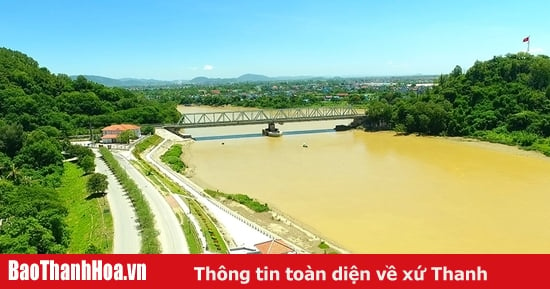
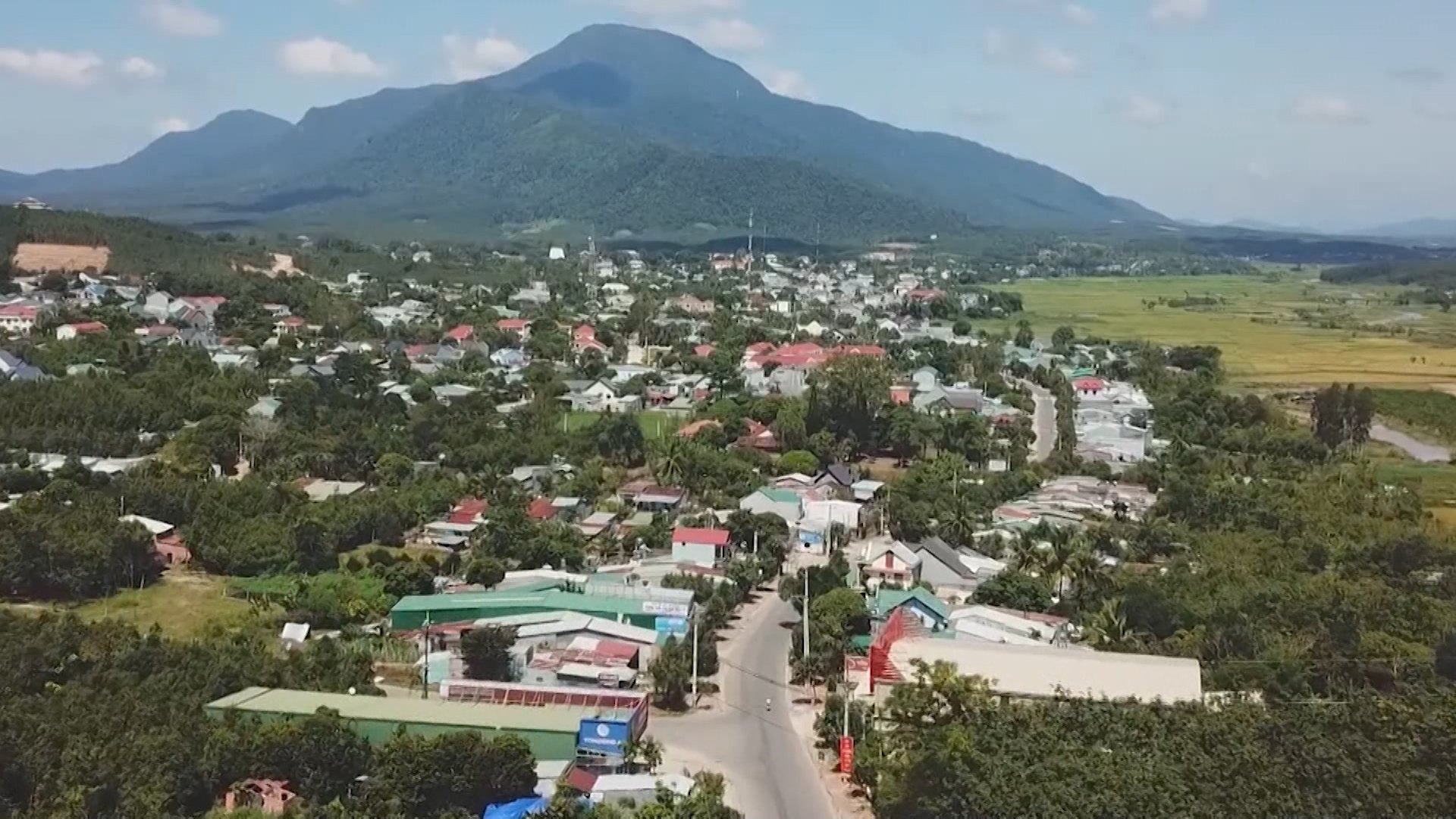
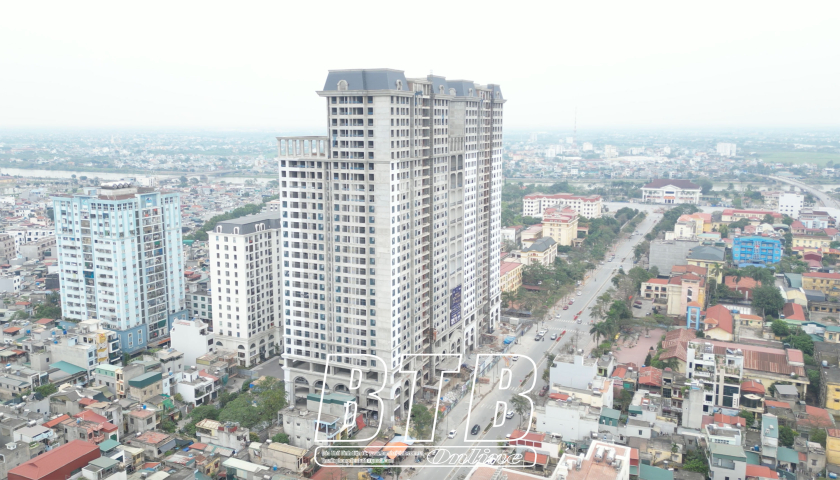

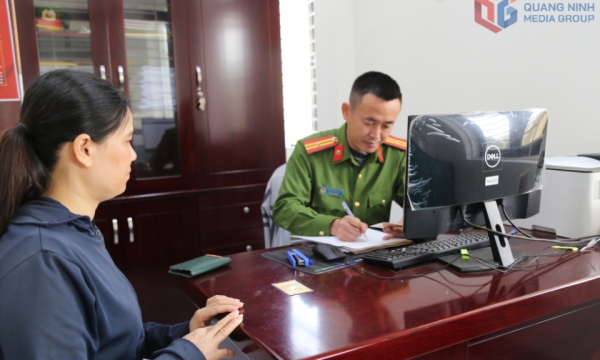














Comment (0)